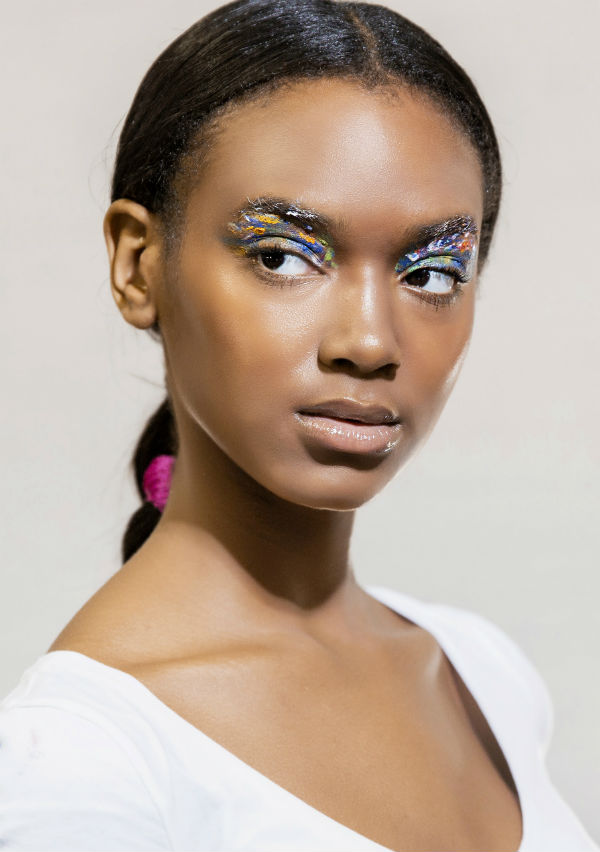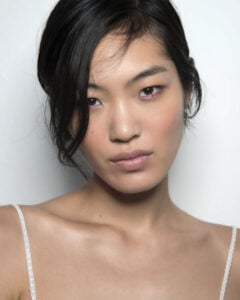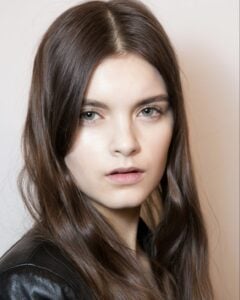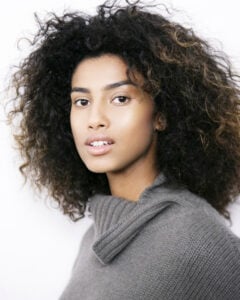In 1974, the first African American woman graced the cover of American Vogue. Since Beverly Johnson appeared on that iconic cover, the beauty & fashion industries have come a long way in terms of embracing diversity – and yet, nearly 50 years later, we still have quite a long way to go.
In a world where POC (Persons of Color) are increasingly visible in the marketing campaigns of the biggest beauty brands, where some brands have more than 40 shades of skin tone-matching foundations, and where you can find spokesmodels of all colors and gender identities, it might be difficult to see that we aren’t exactly there yet in terms of inclusivity.
So, where are we regarding diversity in the beauty industry? And, more importantly, what more needs to be done?
WHY IS RACIAL DIVERSITY IMPORTANT?
For too many years, both the fashion and beauty industry upheld antiquated standards of beauty. In both industries, stereotypes abound and the gold standard of what’s considered beautiful was largely tied to Caucasian attributes.
In our increasingly connected world, many POC, therefore, grow up inundated with movies, music videos, and magazine covers that promote a version of beauty that doesn’t reflect their traits and characteristics. It plants the notion that anything falling outside these standards isn’t desirable.
Without representation by people who share their physical qualities, POC may be led to believe that they don’t meet the standard of beauty that society demands. This experience can contribute to insecurities and a damaged sense of self. Instead, we need a beauty industry that celebrates everyone’s differences.
RACIAL DIVERSITY IN BEAUTY TODAY
To be fair, the beauty industry has been much quicker to adopt inclusivity than the fashion industry. Very much driven by social media, purchasing power and the increasing importance of global markets, the beauty industry is catering to customers of all skin tones.
Long gone are the days of mixing and blending at least 5 different colors to match your perfect complexion. Take, for example, the Fenty Beauty line by Rihanna which garnered praise for its 40-foundation collection. Other mass-market brands, such as Lancome, Becca Cosmetics, MAC, and Nars, offer a variety of foundations, primers, concealers, and more to suit many different skin tones.
More and more brands specifically targeting POC are emerging as well. These include Iman Cosmetics, Flesh Beauty, Mented, Stellar Beauty, and the luxury-skewed brand Black Up. Even big-box stores like Target are changing and upgrading their beauty aisles to be more inclusive.
We’re also seeing more diversity on the red carpet, especially in terms of hair. It’s more common for POC to champion their natural hair.
But are more foundation colors and more representation of unprocessed hair enough? The short answer is no. The long answer is up next.
WHERE WE FALL SHORT
Don’t get us wrong – the beauty industry is headed in the right direction. But we still have a long way to go in terms of inclusivity. Here’s where we’re currently falling short.
MORE THAN JUST FOUNDATION
With the release of the 40-shade foundation collection from Fenty, the trend toward creating large foundations line began. Today, brands are in competition to create extensive ranges of shades, meaning the current focus on diversity is myopic in scope. Being inclusive in terms of color range is a start – but it’s not the end-all-be-all of diversity in beauty.
MAKING IT LAST
In the 1960s, Diana Ross sparked a natural hair texture trend that quickly faded as we moved into the 1970s. In 1991, Revlon released the ColorStyle collection at the same time as Maybelline launched Shades of You. Both collections were short lived. As the diversity trend faded, so too did representation and inclusivity.
This isn’t the first time that diversity has been on trend. This time around, it’s important we don’t simply view diversity as a hashtag to garner more likes. Instead, diversity and inclusivity must be embraced as a movement at all levels of the industry.
EDUCATE
As with any movement, education is key. This is especially true when it comes to learning how to do hair and makeup. Beauty schools tend to teach how to work on a Caucasian skin tone. That curriculum needs to be expanded so that the people entering the industry have an understanding of all skin tones and hair textures.
Instead of YouTube tutorials, makeup artists and hairstylists alike should know that skills like matching, finding the right formulas for different skin types, and really knowing how to work with the person who is in front of you is a key component of being more inclusive. In this way, models, actresses, and poster people across the beauty industry are represented in their best light.
OUTREACH
Be wary of the company that suddenly releases a 42-shade foundation line but has never catered to POC in their history. These opportunistic brands are taking advantage of the diversity movement for monetary benefit, and not for any general concern or care for the state of the industry.
Research the brands you’re buying. Are they doing the work? Are they talking about tokenism and shade inclusivity? What outreach have they done? What initiatives have they taken other than jumping into the foundation war?
Many brands are trying to capitalize on what has the potential to be a liberating and unifying movement. If you care, don’t be fooled – support the brands that are doing more. And as we demand more of our brands, more of them will be forced to implement practices that actually make an impact.
HOW BEAUTY CAN DO BETTER
The only way in which we can make the recent progress in racial diversity last is to change the very mindset that resists inclusion and representation.
As it stands right now, magazines and advertisers are still hesitant to champion people who fall too far outside the outdated and stereotypical perceptions of beauty held by Western society. To push diversity forward, we need to change the way we view beauty at that societal level. Because when consumer demands change, the market is forced to change as well.
But we also need to embrace these notions of inclusivity at the corporate level. It’s not enough for a brand to put out products that cater to a more diverse range of people. There needs to be actual representation by POC at the decision-making level. That means more POC in C-level positions at influential beauty & skincare companies and more diverse voices (both at the editorial and writer level) at beauty magazines, websites and blogs.
Beyond that, we need to expand the narrow definition of diversity that’s currently being held up as the industry standard. More work needs to be done in terms of including people of all gender identities and physical abilities, too.
For now, we’re on the right track. But, just like your skincare game, there’s always room for improvement.



